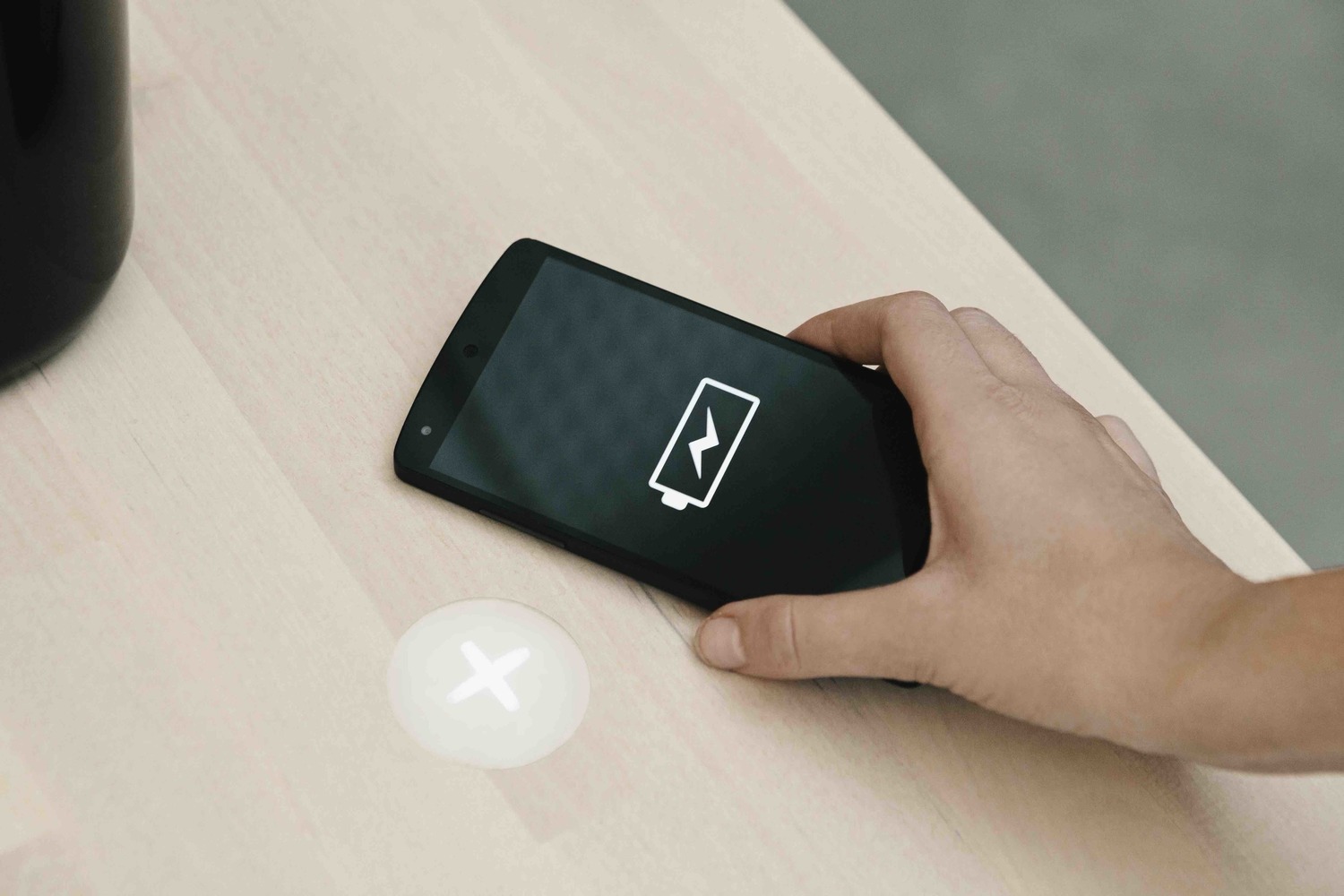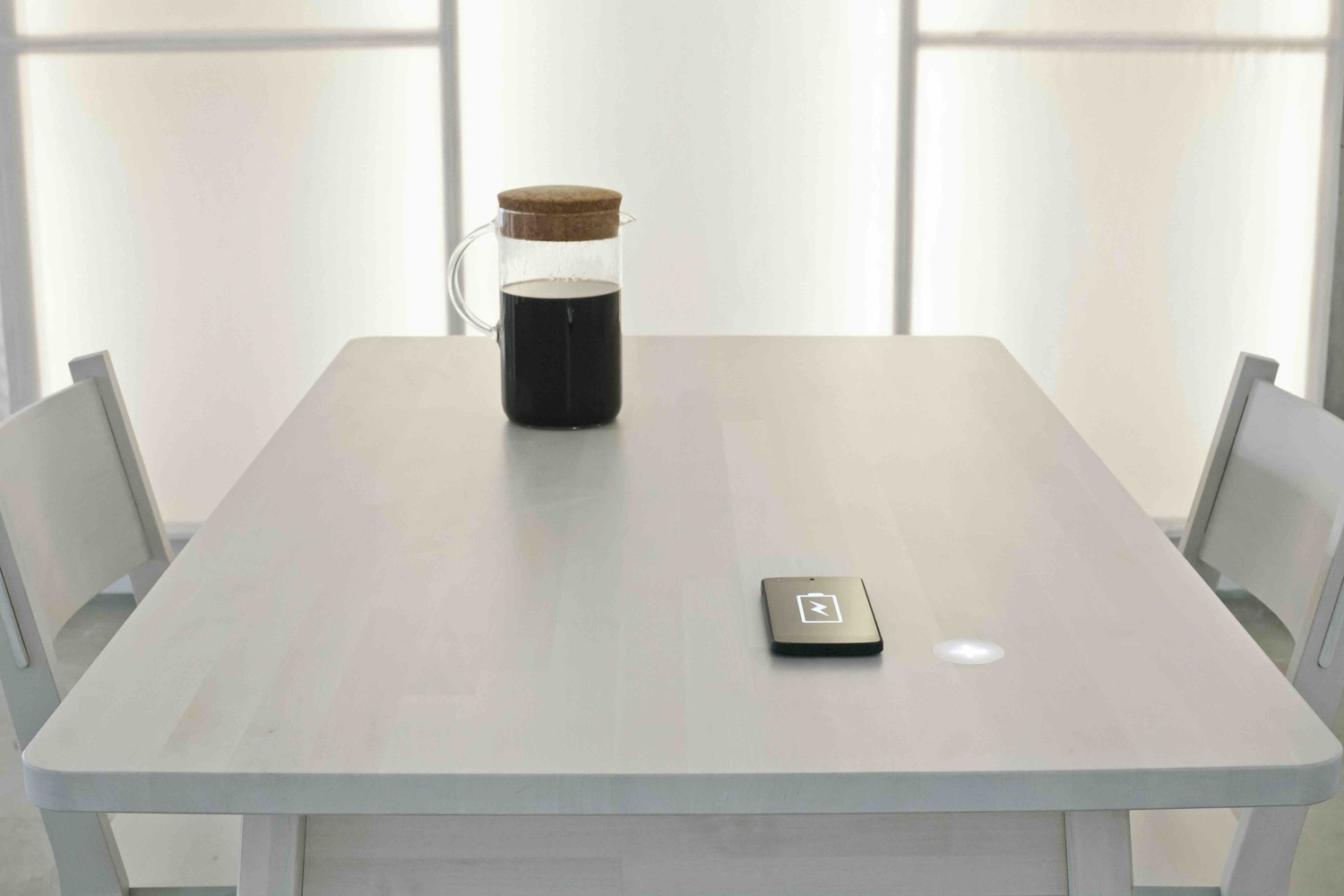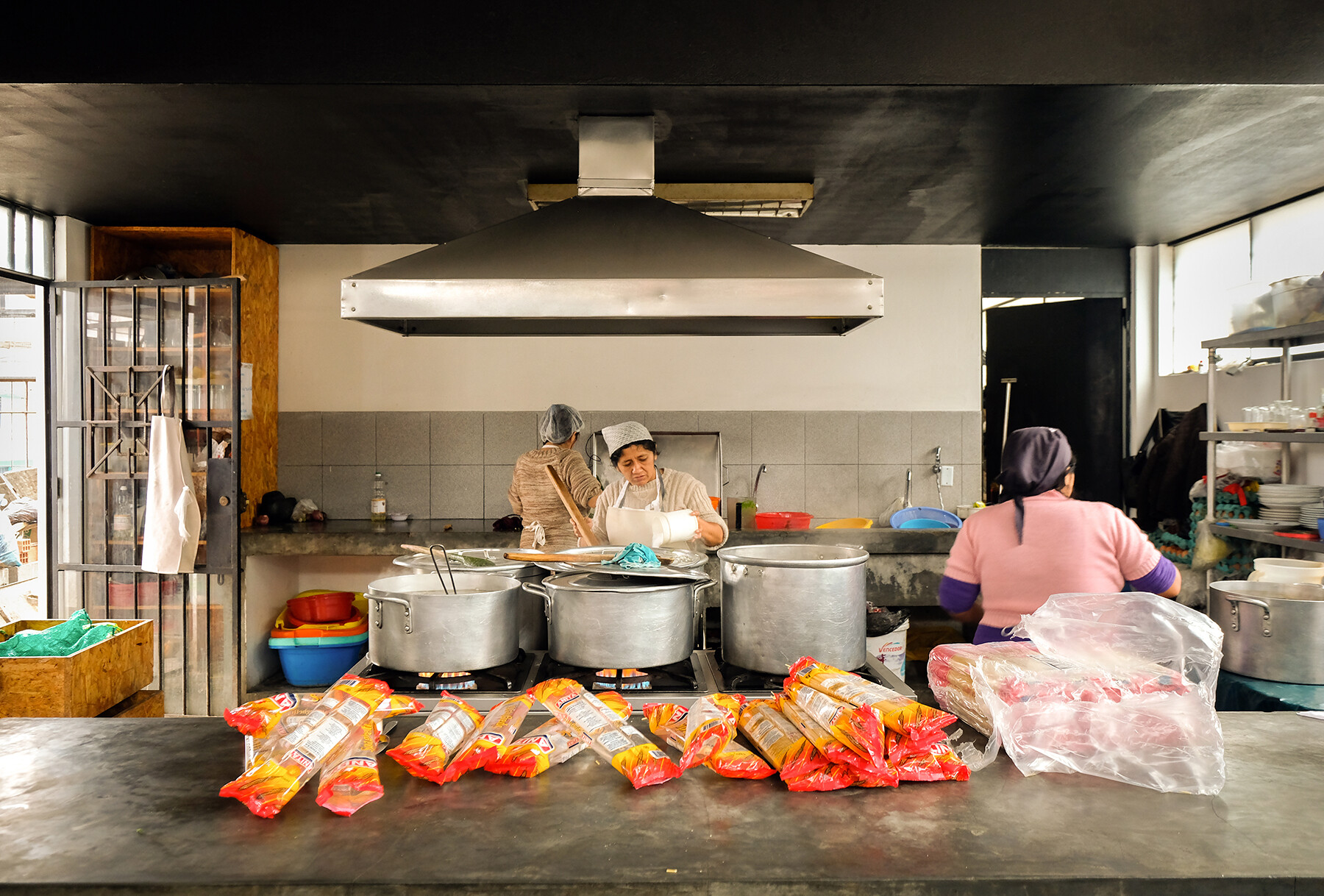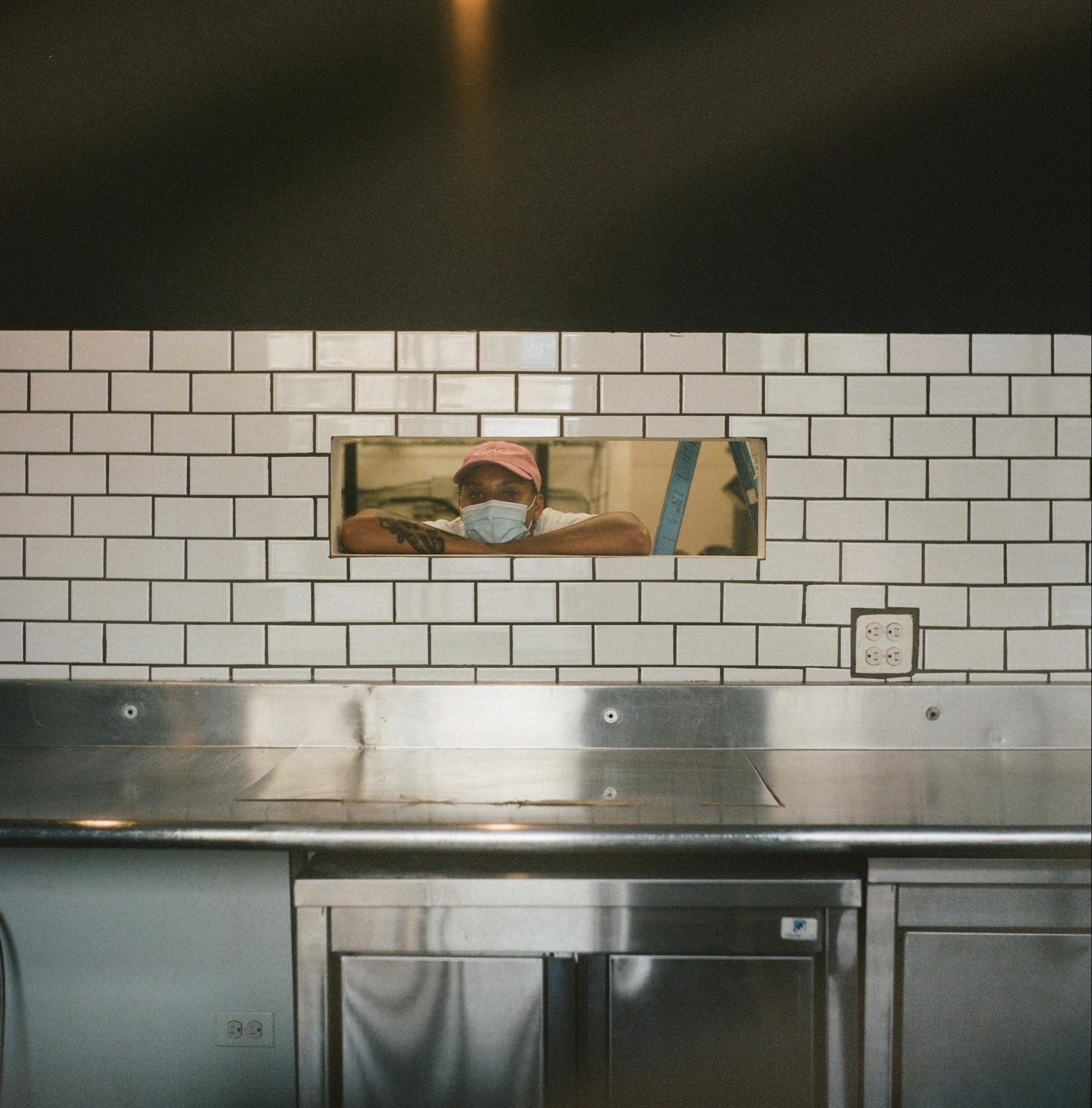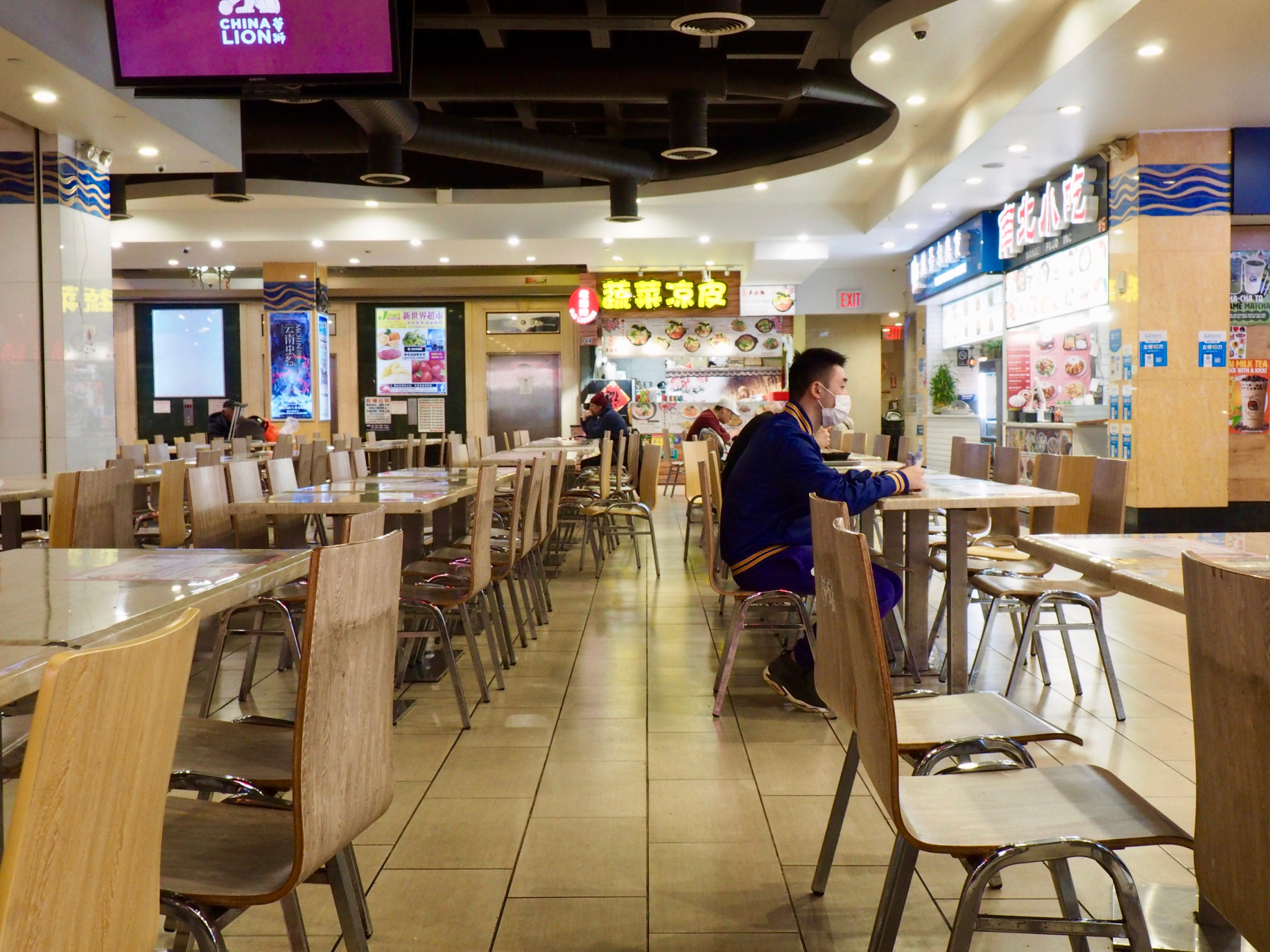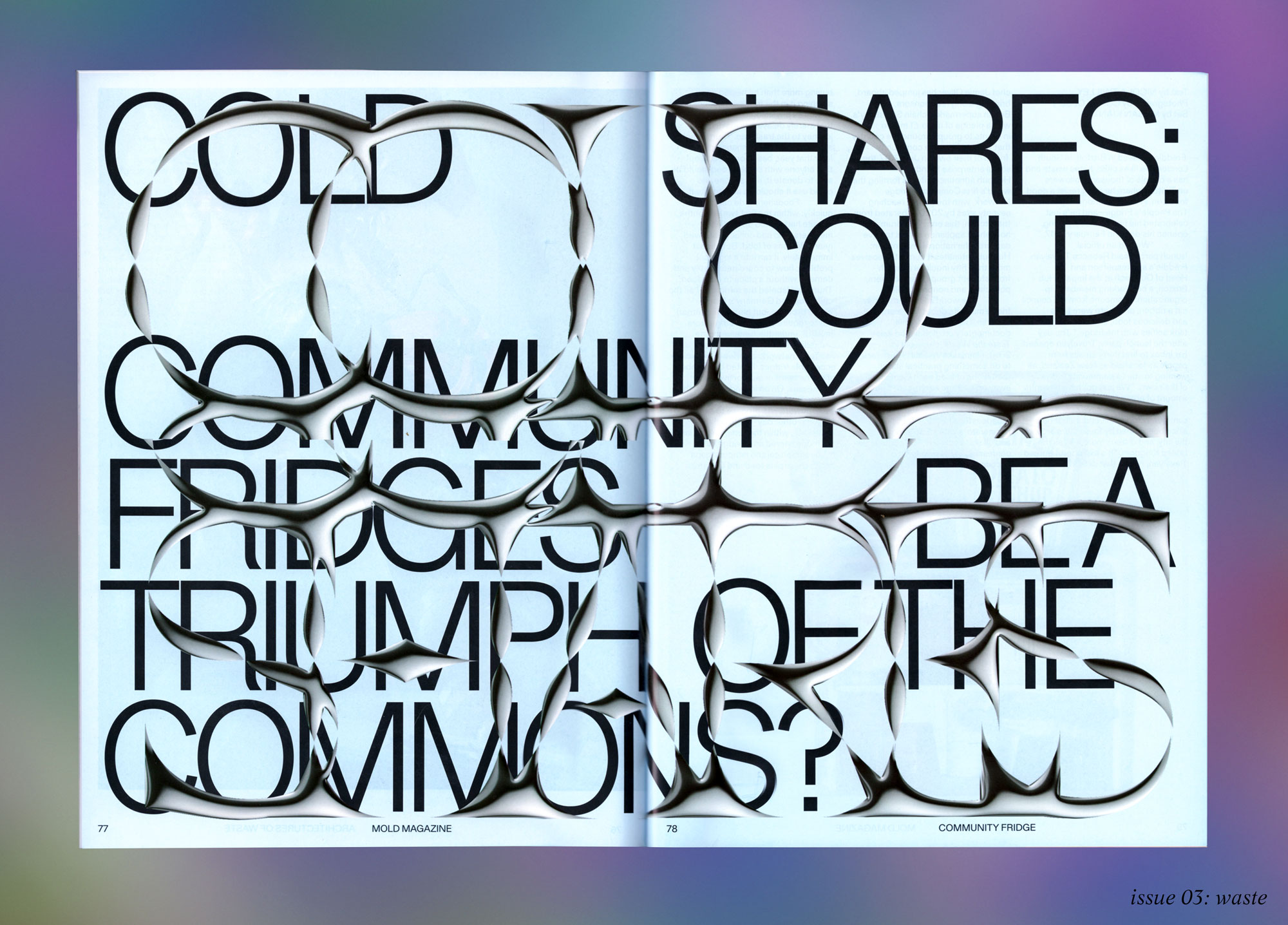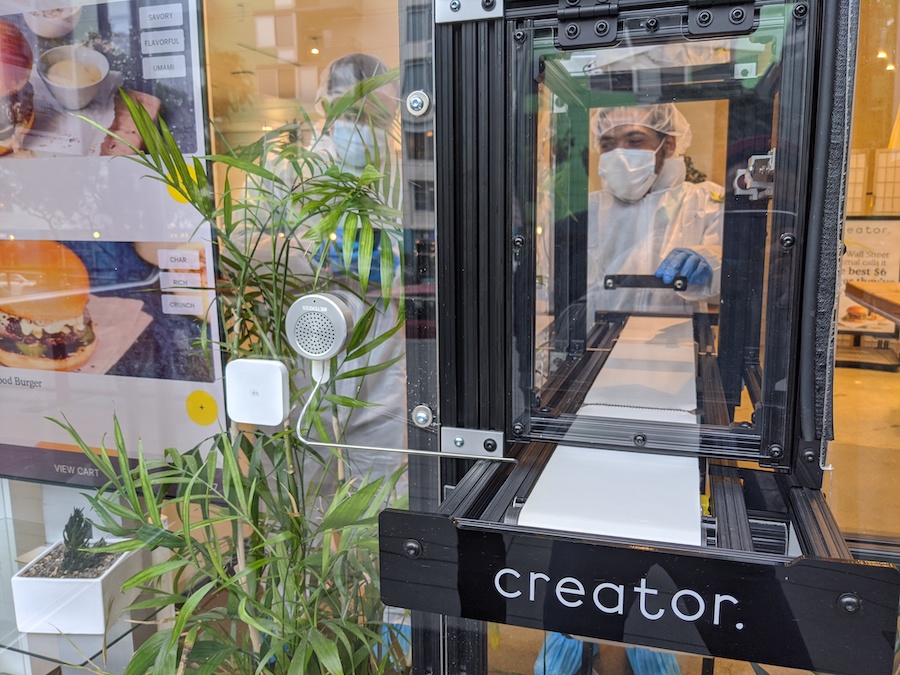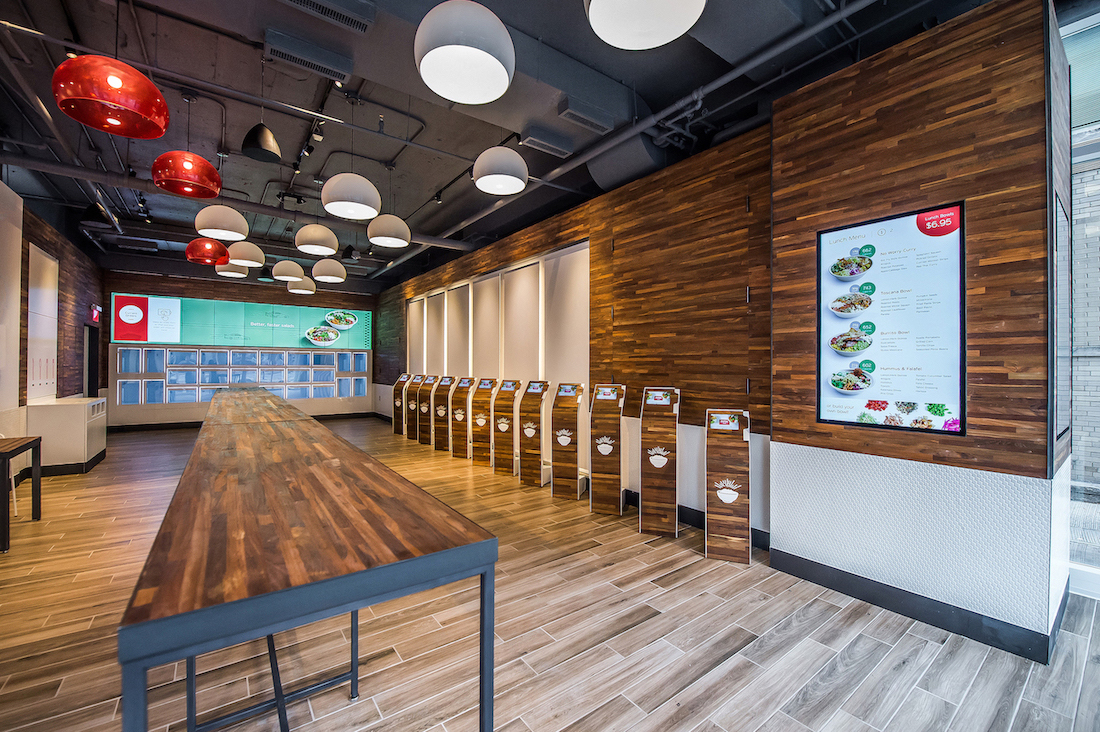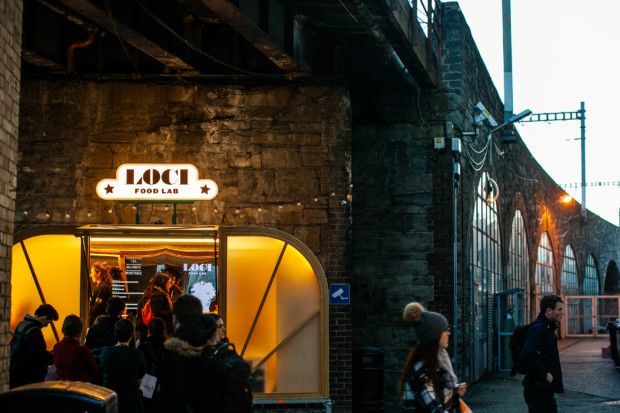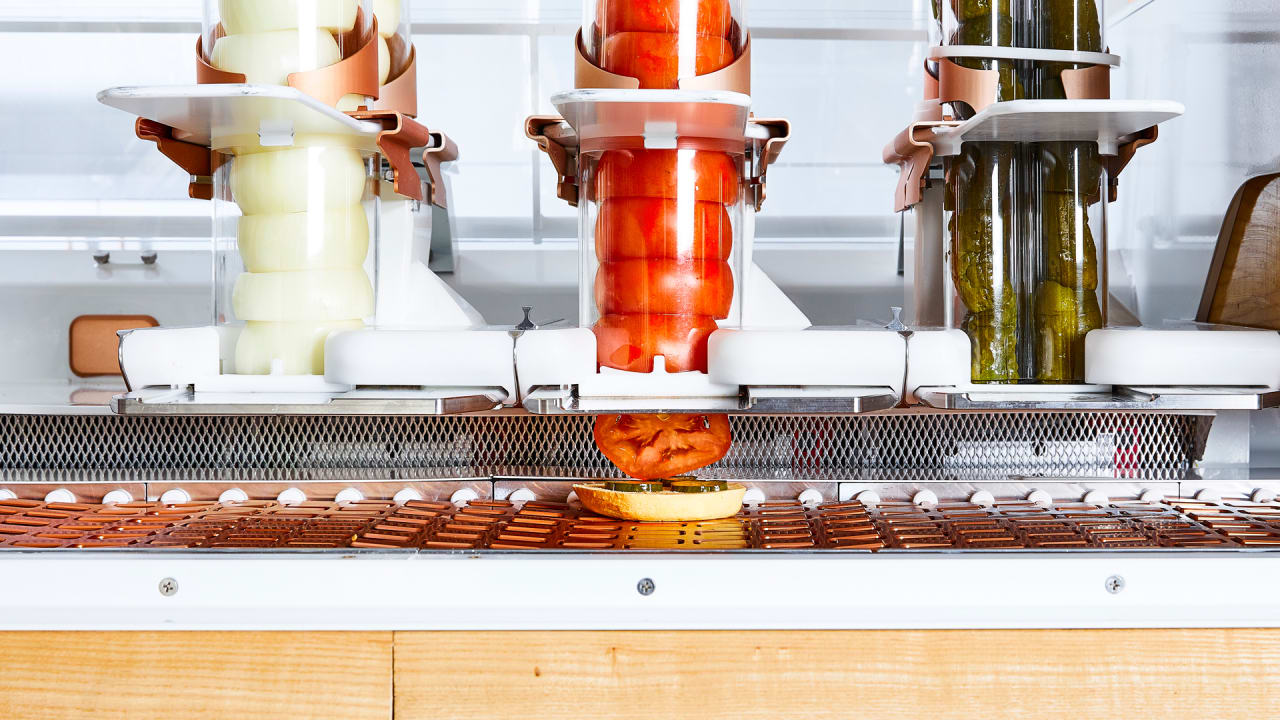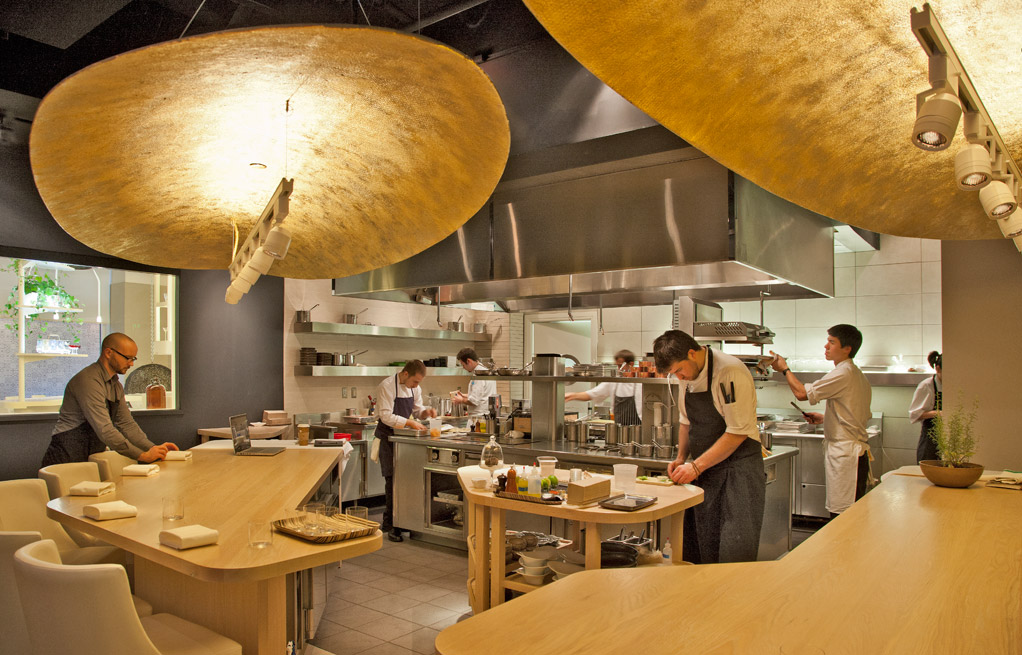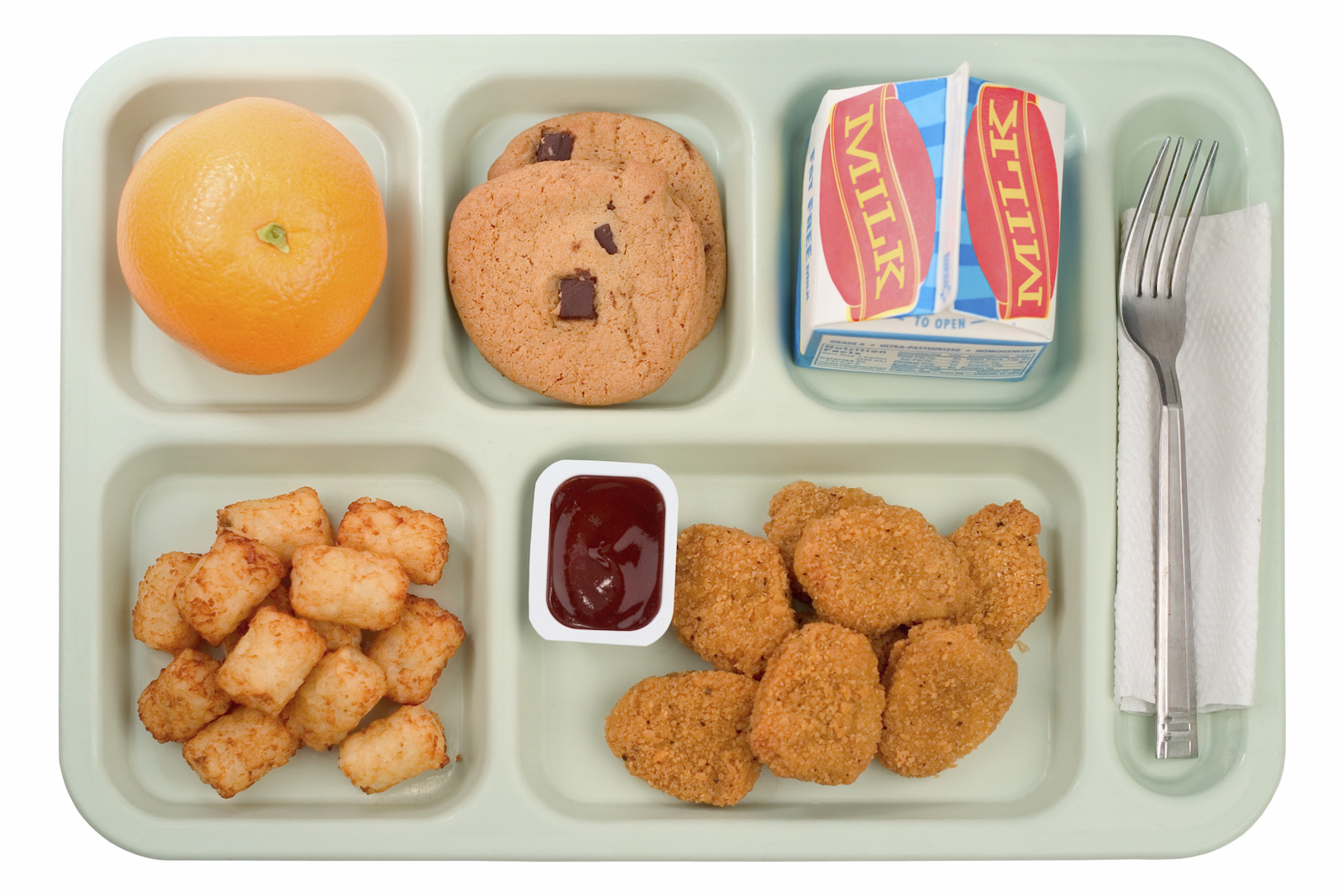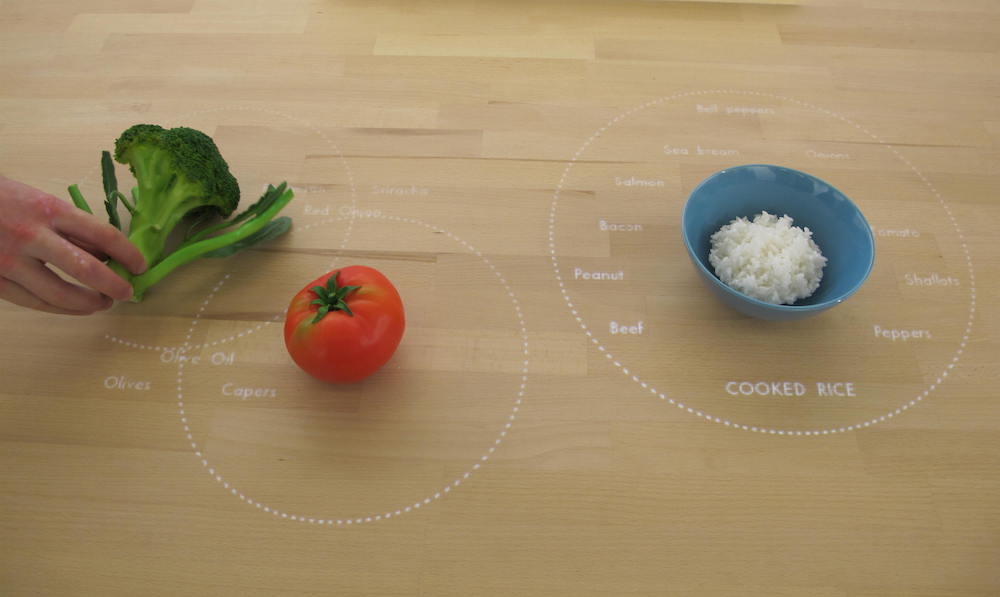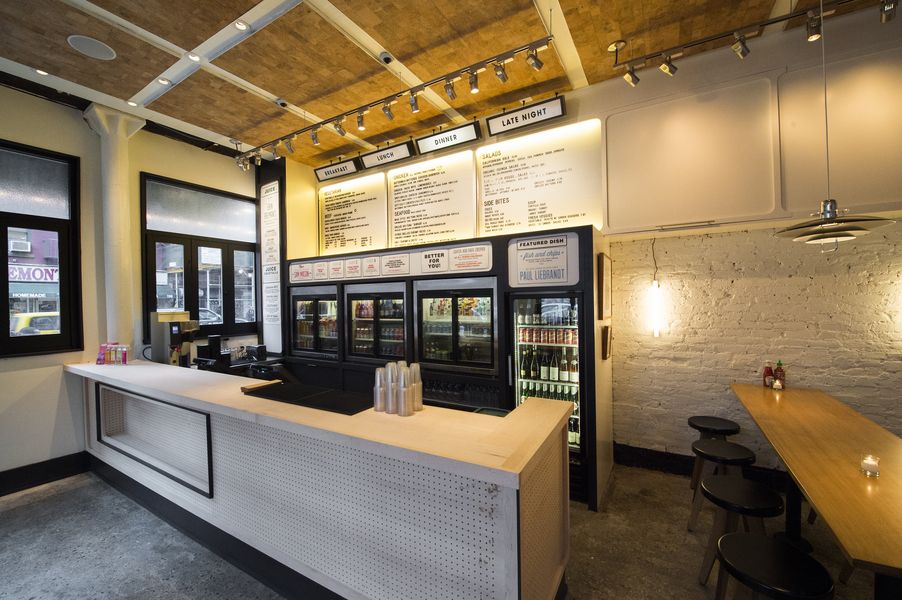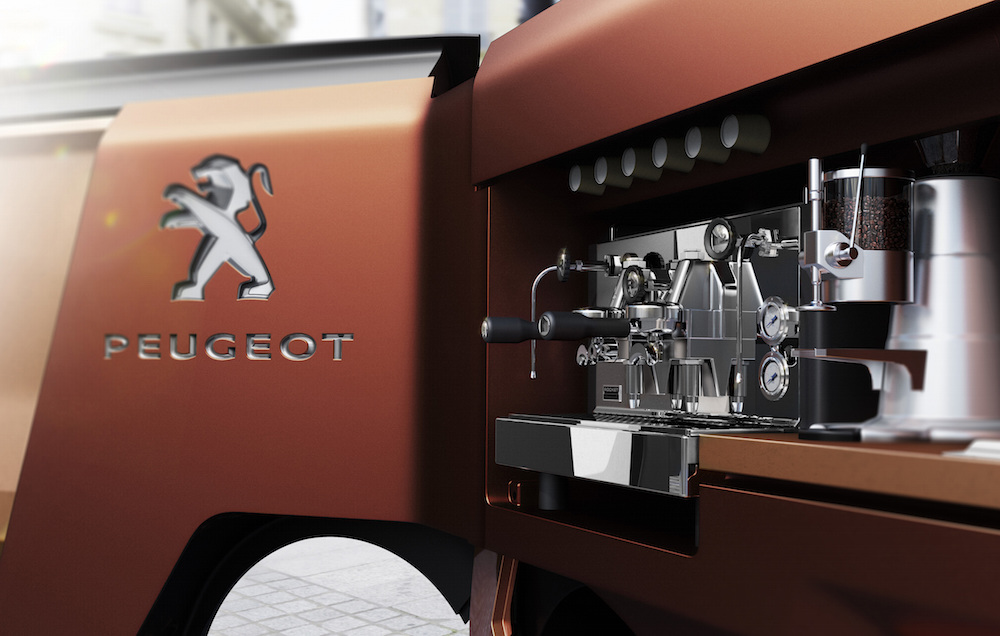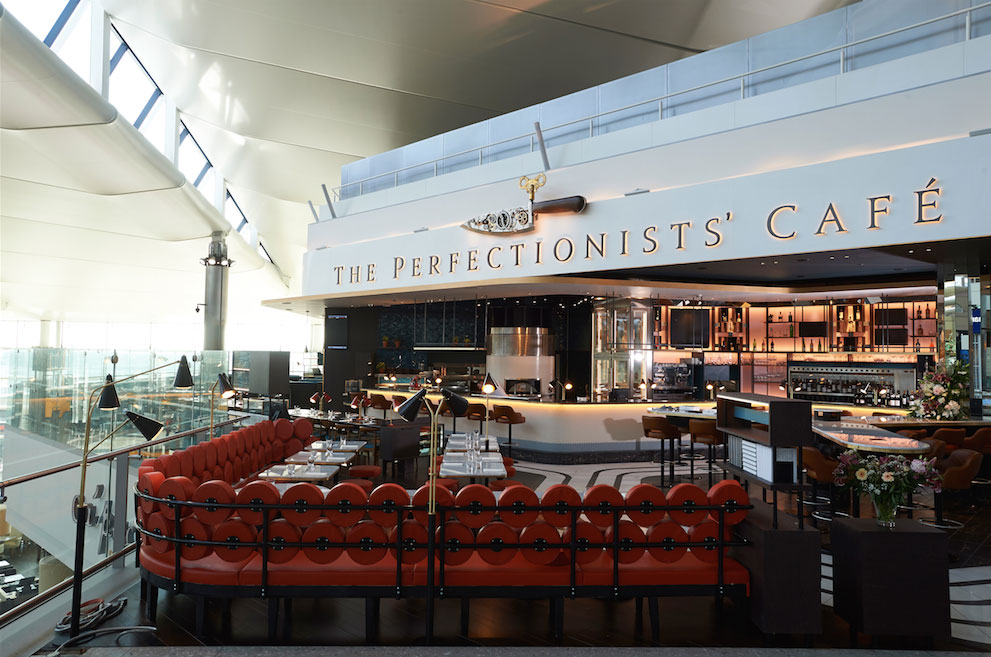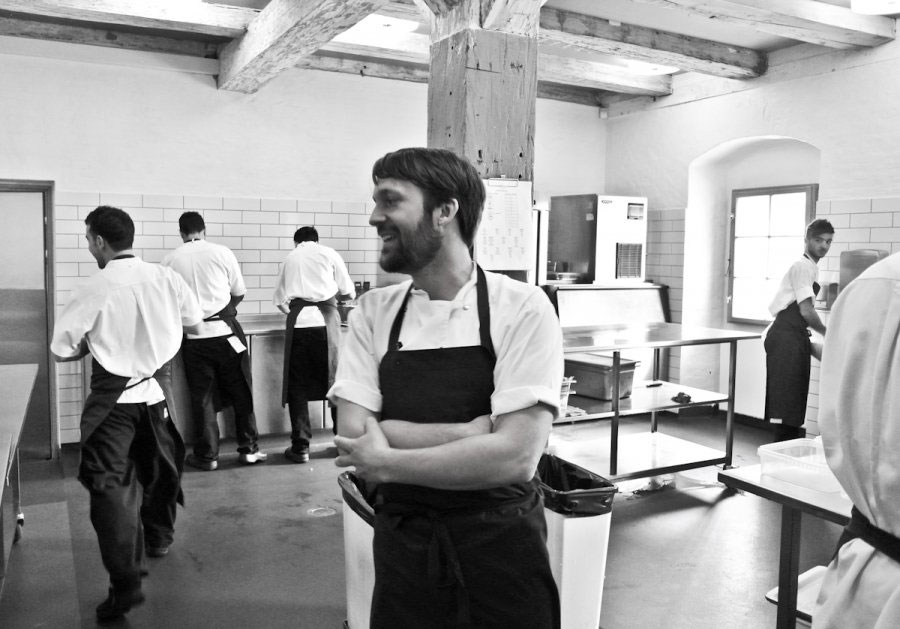Grab a coffee and charge your phone! It sounds like a review for your local coffee shop but at IKEA’s new innovation hub in Copenhagen, designers are working to prototype ideas for sustainable urban living like Heat Harvest, a device that can harness heat from everyday objects (including your coffee mug) to generate electricity.
We’re surrounded by objects that radiate heat—from computers to cookware, tea pots to televisions. Although designers have been working in earnest to produce more efficient appliances, very few consider the “waste” of excess heat. Heat Harvest utilizes the principles of thermoelectricity to capture wasted heat and turn it into free, green electricity that can be reused in the home. As a stand-alone device or a product integrated into household items or surfaces like kitchen counters, Heat Harvest is an elegant and simple solution, creating a seamless opportunity to design around waste to consume less.
[See more waste solutions and interactive kitchen surfaces from IKEA’s Concept Kitchen of the future here.]
Thermoelectric generators are widely used in products as diverse as the Biolite Campstove, counter top wine coolers and mud oven hacks in rural Malawi, but have yet to find a foothold in the domestic spaces of developed countries. As the designers point out, “Wireless charging devices are already on the market, meaning that it is now possible to feed wasted heat back into the household’s electricity network and charge the very devices that generated the waste in the first place.” Building on pre-existing infrastructure and a shift in consumer expectations, products like Heat Harvest could be widely available within the next five years.
Heat Harvest was designed by Sergey Komardenkov and Vihanga Gore, both students at Copenhagen Institute of Interaction (CIID) in a two-week workshop to prototype “Aspirational Objects” for urban living, one program in the Future Living Lab. IKEA teamed up with the small design group Rebel Agency to launch the lab at SPACE10, a workshop and exhibition venue in the heart of Copenhagen. Prototypes from the Future Living Lab are now on view at SPACE10 as well as “a series of body awareness projects” co-created by a team of 12 designers that include food designer Jacopo Sarzi, interactive studio The Workers, and the product designer Unnur Valdis Kristjansdottir.
Join the conversation at SPACE10 with a presentation on future foods featuring Nordic Food Lab, a microalgae startup, rooftop farmers and a “buglady”—Tomorrow’s Meatball: An exploration of future foods takes place on December 9th in Copenhagen.
